Gibney Family Crest, Coat of Arms & Gibney Name Origin
|
|
|
|
|
| Return to Home page | Bookmark this page | Link to this page | Send a Gibney Postcard |
| Find Your Name | ||||||||
| A | B | C | D | E | F | G | H | |
| I | J | K | L | M | N | O | P | |
| Q | R | S | T | U | V | W | X | |
| Y | Z | |||||||
Gibney Family Crest


Origin of the Name Gibney
The Gibney family history was found in the allfamilycrests.com archives.
Over the centuries Surnames developed a wide number of variants. Different spellings of the same name can be traced back to an original root. Additionally when a bearer of a name emigrated it was not uncommon that their original name would be incorrectly transcribed in the record books at their new location. Surnames were also often altered over the years based on how they sounded phonetically and depending on the prevailing political conditions it may have been advantageous to change a name from one language to another.
Variants of the name Gibney
include O'Gibney, Gibnee and Gibny. This name in Irish is O'Gibne and the later variants are the anglicized forms of this. This sept came from Counties Meath and Cavan. A sept or clan is a collective term describing a group of persons whose immediate ancestors bore a common surname and inhabited the same territory. Irish septs and clans that are related often belong to even larger groups, sometimes called tribes.
This was a very ancient sept but unfortunately there are few references surviving. An early record refers to a Dionysius Gibney of Loughcrewe, County Meath, who obtained a pardon in the year 1574 and in Grace's regiment of James II's army there was a Thomas Guibenny of the same family. A member of the family, Doctor Matthew Gibney, 1838-1925, who was Bishop in Perth Australia, was famous for his courageous attempt to rescue the outlaw Ned Kelly from a burning building from which he escaped. His father, from Tipperary, was transported to Australia in the year 1841.
The Gibney coat of arms came into existence centuries ago. The process of creating coats of arms (also often called family crests) began in the eleventh century although a form of Proto-Heraldry may have existed in some countries prior to this. The new art of Heraldry made it possible for families and even individual family members to have their very own coat of arms, including all Gibney descendants.
|
WONDERFUL GIFTS FOR EVERY OCCASION
Show Off Your Heritage With Our Range Of Top Class Gifts For Your Family Name! VERY LIMITED TIME OFFER: FREE DELIVERY!!! |
||
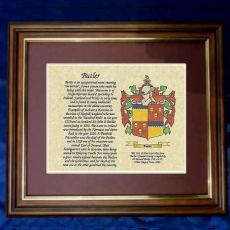 Parchment Prints: Framed, Unframed, Perfect  |
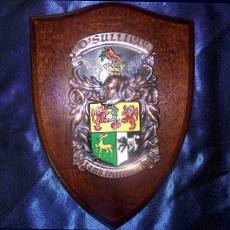 Researched Hand-Painted Plaques & Shields  |
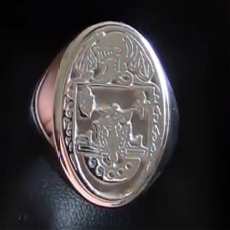 Incredible Hand-Engraved Signet & Seal Rings  |
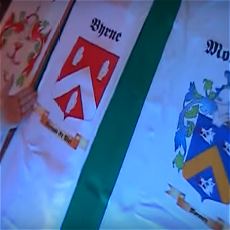 Get your Family Crest Flag, on Ireland or White background!  |
 Personalized Coffee Mugs Make Thoughtful Personalized Gifts  |
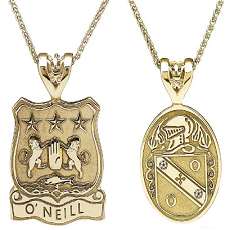 Engraved Pendants in Gorgeous Gold or Stylish Silver.  |